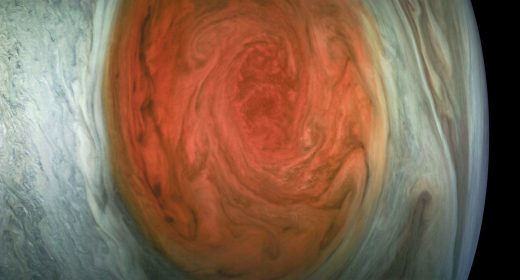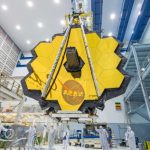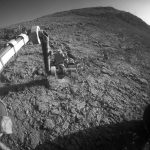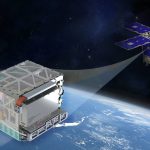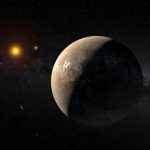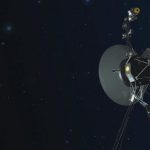NASA releases close-up photos of Jupiter’s Great Red Spot
Anybody who’s taken a look at images of Jupiter has seen its Great Red Spot, the planet’s massive storm that’s been raging for the past 350 years. This is the first time we’re seeing it this close, though, and it’s all thanks to NASA’s Juno spacecraft. The probe flew 5,600 miles above the spot on Monday, the closest it’s even been to the planet’s iconic feature, while all eight of its instruments collected data. Now, NASA has released the first batch of close-up images taken by JunoCam, showing the ancient storm in greater detail than we’ve ever seen before.
The agency has uploaded raw images featuring the spot and the area around it on the JunoCam website. They’re unprocessed, but people have begun editing them to look like the sharper, prettier images of space we’re used to, such as the photo above. NASA is hoping to figure out the inner workings of the storm and the turbulence surrounding it using the info Juno collected. It’s expected to release an analysis of the images coupled with the data gathered by the probe’s other instruments in the near future. For now, you can check out the red spot’s close-up photos right here.
(43)

